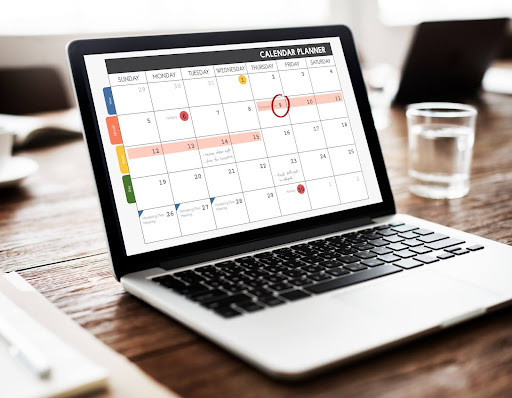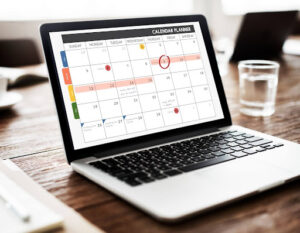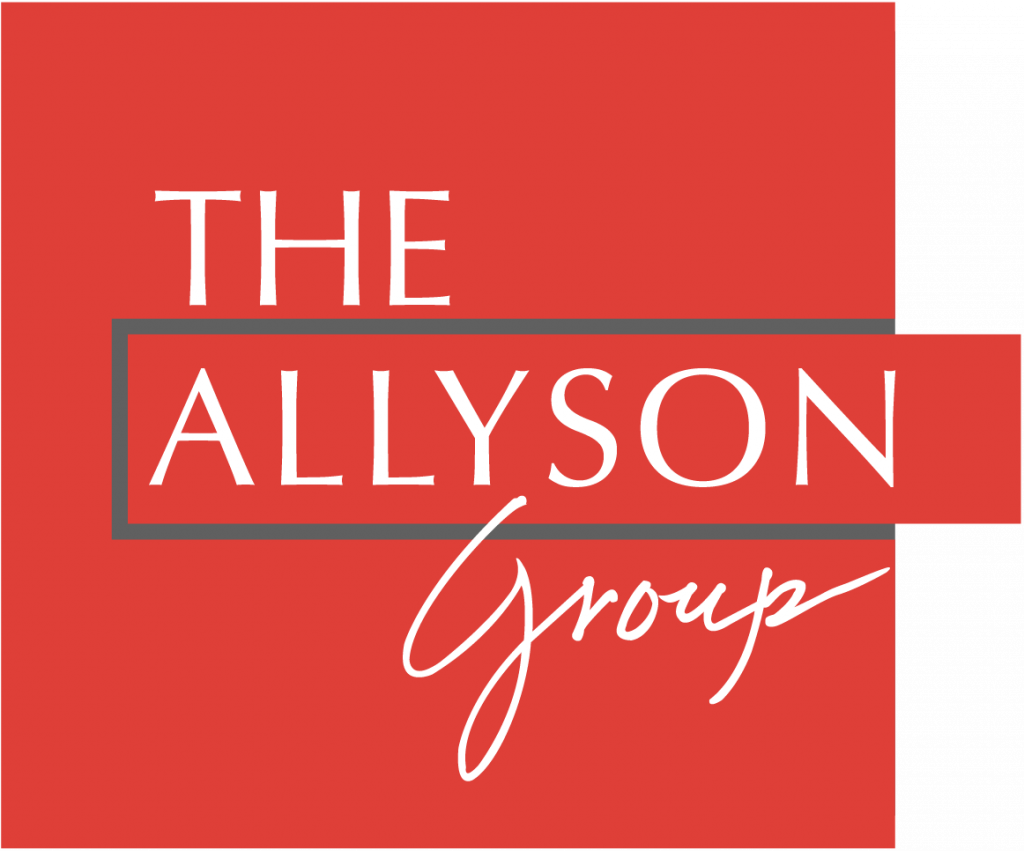By Lucille Stone
Good content planning is a core element of success in the digital marketing landscape. We suggest quarterly content planning as a proven tool for content producers.
Without a clear vision of where you are going, it’s too easy to get overwhelmed by the storm of content production.
The likely results? Overwhelm can result in missed opportunities and a failure to deliver a consistent message.
Knowledge of content planning basics will boost your marketing efforts, making them more focused and in line with your business goals.
This guide will walk you through a step-by-step approach to content planning that can generate more leads and achieve sustained growth.
Table of Contents:
- Understanding Content Calendars
- Laying the Foundation for Quarterly Content Planning
- Building Your Quarterly Content Calendar
- Selecting Content Channels and Topics
- Executing and Managing Your Content Calendar
- Case Study: Implementing a Quarterly Content Calendar
- Make Content Planning Simple
1. Understanding Content Calendars
A content calendar is a strategic tool to plan, organize, and manage content creation and distribution.
It serves as a visual roadmap for your content strategy, outlining what will be published, when, and on which platforms.
They’re a huge part of content marketing because they provide a cohesive and consistent approach to engaging your visitors.
The benefits of using a content calendar are myriad. Here are some that you can expect:

2. Laying the Foundation for Quarterly Content Planning
To start quarterly content planning, it’s essential to analyze the audience, establish clear goals, and evaluate your resources. Let’s break that down:
Analyze Your Audience and Sales Cycle
Identify the needs, desires, and challenges of your target audience. Map any sales-focused content appropriate for each stage of the sales cycle, from awareness to decision-making.
For instance, if you’re targeting small businesses that require easy-to-use and affordable software, start with social media and blog posts related to their relevant issues.
As they consider the options, you can offer e-books and webinars to bring them to the middle of your sales funnel – that is, the point at which they’re aware of your product and are now open to considering options. This is the “Learn More” stage for the customer.
The tail end of your middle-of-funnel content can provide them with case studies and product demonstrations to support their decision-making. The content provided helps move clients through your various funnel stages.
Set Clear Goals
Next, define your content goals.
Do you want more lead generation, brand awareness, or customer retention?
The more specific you are with the outcome you want, the better you know what to track. These highly specific goals are known as “key performance indicators (KPIs)”
A CRM—a customer relationship management platform—is an outstanding tool for tracking content KPIs so that you’re always moving toward your goals.
Here are some market-leading CRMs to consider (and there are many others). Most of them on this list offer free trials, so you can assess them before you commit:
- Hubspot
- Pipedrive
- Keap
- Insightly
- Zoho CRM
Assess Resources
Figure out the type of content creators, tools, and available platforms you’ll need for your content. Then, think about whether your team has the bandwidth to utilize these resources in-house or whether you’d benefit from external support.
If you’re thinking of outsourcing your content creation, consult a reliable content creation agency for effective content creation and management. Choose carefully, as whoever you choose will be representing your brand. And how involved do you want to be? Think about whether you will be highly involved and collaborative – or would rather just hand off the function to a team you can count on to use your marketing resources effectively.
By taking some care with laying the foundation, you’ll develop a well-structured quarterly content plan that you can consistently execute.
3. Building Your Quarterly Content Calendar
Think about whether you need a spreadsheet or a full-blown project management tool. You can take advantage of project management tools like Asana, Trello, Monday.com, or Airtable to easily collaborate on complex tasks.
Once your system is set up, think about whether you want to arrange your calendar by weeks, months, or even quarters. Include deadlines, content types, distribution channels, and KPIs to help you monitor the progress of your strategy.
4. Selecting Content Channels and Topics
Decide where your audience is the most active and make the content types required for these channels: blogs, social media, or videos.
Let’s say a business coach understands that his target audience is active on Instagram. He should optimize the content for that particular platform. For example, he can create an Instagram Reel with the title ‘5 Ways to Improve Your Small Business Operations.’
In the reel, he can offer five practical tips with creative clips, suitable music, and brief captions. This format will catch the attention of the target audience because it has useful information they can use and relate to.
Remember to keep up with analytics and social listening tools for your topic ideas. Strike a balance between up-to-date, evergreen content, and trending hot topics, which will help you keep your audience interested and engaged.
5. Executing and Managing Your Content Calendar
Your job doesn’t end when you create a content calendar. You must manage and execute it well to unlock its full potential. Here’s how you can do that.
Assign Tasks and Deadlines
Assign individual tasks to team members, considering their strengths and competence. Deliver realistic deadlines for content creation types, such as brainstorming, writing, editing, and publishing, to ensure the team can master their roles and timelines.
Track Progress and Performance
Continuously track the content’s progress to ensure everything is moving as planned. Use your earlier KPIs to evaluate the content and identify what works and doesn’t.
You may have to change your tactics from time to time: consider new information and keep refining your content strategy.
Using KPIs, find frequent and influential topics and formats that resonate with your audience.
Maintain Flexibility
Adapt to any changes and take advantage of any new opportunities as they happen. The digital space keeps changing; with flexibility, you can catch trends, news, and unplanned events to keep your content up-to-date and attractive.
6. Case Study: Implementing a Quarterly Content Calendar
Let’s imagine a fictional organization named EcoTech Solutions that uses a quarterly content calendar.
They start by identifying their audience, setting targets for brand awareness and lead generation, and then evaluating their available resources, which consist of an in-house team and a few freelancers.
Results
Using a project management tool, for example Monday.com, EcoTech Solutions releases its content schedule, distributes tasks, and tracks its progress. Over the quarter, they continue to produce content consistently, keeping the strategy aligned with their audience’s demonstrated interests and current market trend insights.
They observe a 25% increase in website traffic and a 15% rise in lead generation after implementing a proper content calendar.
Those are enviable results we’d all be happy to achieve.
7. Make Content Planning Simple
This covers the basic elements of quarterly content planning. And that includes unraveling audience problems and creating a content calendar your entire team can plug into and track. It also involves recognizing and reacting to trending conversations.
Try these strategies and make your company the living proof that they work.
We invite you to get in touch with us at The Allyson Group.
We’re a team of writers and content professionals bringing diverse insight and expertise to help you tell your story through compelling content.
Whether you’re a small business, social enterprise, or nonprofit, we write content for you that speaks genuinely to your audience.
For more information on The Allyson Group, please visit our contact page. We can then guide you through a smooth content planning process.












